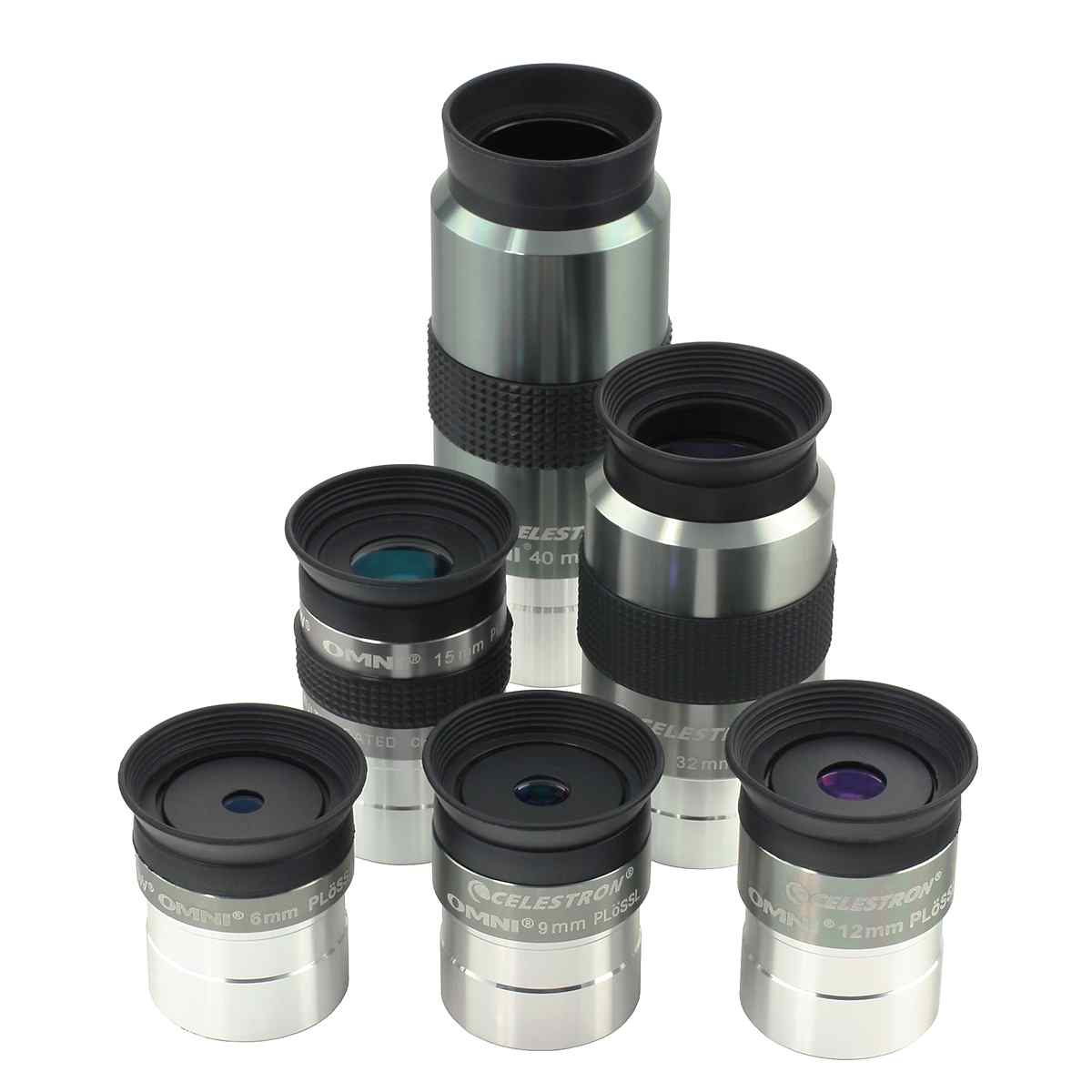*This post may contain affiliate links. This means we may make a commission if you purchase an item using one of our links*
There is something wondrous about spotting a distant planet in your telescope and understanding that not only is that planet traveling faster than a bullet but that you are also viewing it in the past. When it comes to viewing the stars, you want the best eyepieces available.
The Plössl eyepiece is one such tool in your planet-viewing arsenal. The Plössl eyepiece is either a four or five-element design. They have a 50° view and are excellent for planet viewing, especially in 15mm to 30mm sizes.
Plössl eyepieces are very popular amongst amateur stargazers, mostly because newcomers to the hobby really enjoy looking at planets, which this eyepiece excels at. While it’s not the most extravagant or technologically advanced, it’s a solid instrument for viewing.
How Does A Plössl Eyepiece Work?
Table of Contents
There are generally four elements within a Plössl eyepiece. They are lined up so that they are two pairs with one pair, back-to-back, on one end and the other pair, back-to-back, on the other end.
Features
- Four, high-quality glass elements
- A solid field of view
- Great for planet viewing and deep-space
- Best in 15mm and 30mm
- Excellent color correction
This layout produces the 50° field of view mentioned above. In terms of telescope viewing equipment, it’s a decently large field of view, which is why it’s such a popular choice since that is a good vantage for viewing planets.
However, it can also be used for deep-space viewing, although there are other eyepieces that truly excel at viewing objects in deep space. Because it only has four glass elements, it is a bit limited when compared to other eyepieces (aspheric, flat field, huygens etc) that have eight elements.
Fortunately, you can usually recognize a quality Plössl eyepiece based on price. You know if you purchase an expensive one, that you’re getting quality glass elements within. It’s one of those things where you get what you pay for.
Who Created The Plössl Eyepiece?
The Plössl was invented by Georg Simon Plössl in 1860. Plössl was an optical instrument maker—which makes complete sense—and hailed from Austria. Since most of his life’s work revolved around achromatic lens pieces for microscopes, it makes sense that his work led him to his invention.
Unfortunately, he wouldn’t recognize and fame and fortune for his creation of the Plössl eyepiece. It didn’t take hold of the public or scientific conscious and was never instituted in anything that was considered a mass market.
His eyepiece was never broadly realized until the 1980s when someone finally realized that this was a wonderful little eyepiece and it took off like a brushfire. Today, it’s one of the more popular eyepieces in the telescope market.
Are Plössl Eyepieces Good For Viewing Planets?
If there’s one thing that is the driving force behind the popularity of the Plössl eyepiece, it would be its capability for planet-viewing. Most amateur astronomers don’t point their first telescope skyward so they can track space dust. They want to see planets and the Plössl delivers.
It also helps that a Plössl eyepiece will help you achieve an outstanding view of the planets without necessitating a refinancing of your home or selling a kidney on the black market in order to afford one.
Plössl eyepieces are affordable and they’re outstanding additions to amateur telescopes. Since it’s such a popular eyepiece and allows for quality, planet-viewing, that makes it a great instrument for attracting newcomers to the hobby, especially children.
There’s nothing quite like seeing your child’s face light up when they see the Rings of Saturn or the massive red hurricane of Jupiter; something they had only ever seen in a boring book once in an early learning science class.
The Pros Of Plössl Eyepieces
There are a lot of things to like about Plössl eyepieces, especially considering their affordability. It’s a solid eyepiece with a lot going for it. It’s also a great marketing device to pull in newcomers to the stargazing hobby.
Pros
- A good field of view
- Longer focal view
- Great color correction
- Affordable
- More than one option
- Perfect for planet gazing
The Cons Of Plössl Eyepieces
Unfortunately, everything comes with a caveat, and regardless of what eyepiece we decided to cover today, there would be a cons section. There’s no such thing as a perfect world and there’s no such thing as a perfect eyepiece either.
Cons
- Shorter focal length than some better lenses
- Poor short-eye relief
- Not the best for deep-space viewing
- Cheap versions are ineffective
The poor short-eye relief means that you really have to get up close and personal to view through it, occasionally bumping your eyebrow or cheek up against the outside of the lens. It can be a bit aggravating until you get used to it.
While it will provide amateur astronomers with plenty of deep-space viewing pleasure, for serious observation—and if you really want to get out there—you’ll need something better.
One other problem—and this isn’t necessarily the fault of Plössl—is that a lot of knock-offs will manufacture a very cheap version of the Plössl eyepiece and amateur astronomers will end up getting cheated when they buy one.
All Things Considered
The Plössl eyepiece is an excellent and popular design that usually comes with most new telescopes. It’s best for newcomers to the hobby and amateur stargazers who are just beginning to stretch their legs and learn the ins and outs of telescopes.
It’s great for planetary viewing and won’t let you down as a casual, deep-space explorer. It’s the perfect start-up for anyone that’s interested in the hobby and wholly recommended.
For some of our top eyepiece recommendations for your telescope click here
References
Richards, S. (N/A) What is a Plössl eyepiece?
Retrieved from: https://www.skyatnightmagazine.com/advice/what-is-a-plossl-eyepiece/
Freudenrich, C. (N/A). How Telescopes Work
Retrieved from: https://science.howstuffworks.com/telescope6.htm

